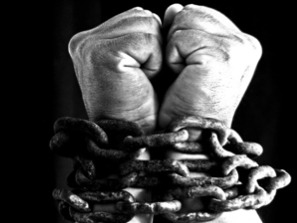Sign up for FlowVella
Sign up with FacebookAlready have an account? Sign in now
By registering you are agreeing to our
Terms of Service
Loading Flow


Before the reform, prisoners were physically harmed, and isolated from the outside world. The prisoners were also chained and kept in cages. Prisons also held mentally ill people. After the reform, mentally ill people were sent to mental hospitals and prisoners were able to rehabilitate and get treated rather than being chained up and abused. Dorothea Dix played a major role in the social reform.
Asylum and Prison Reforms


